Empty malls, old warehouses, and vacant office buildings—what happens to these once-bustling spaces when they’re no longer in demand? Instead of letting them sit unused, many forward-thinking developers are finding creative solutions to breathe new life into these abandoned properties. Repurposing underutilized spaces not only revitalizes neighborhoods, but also offers exciting opportunities for businesses, communities, and investors. Let’s explore how.
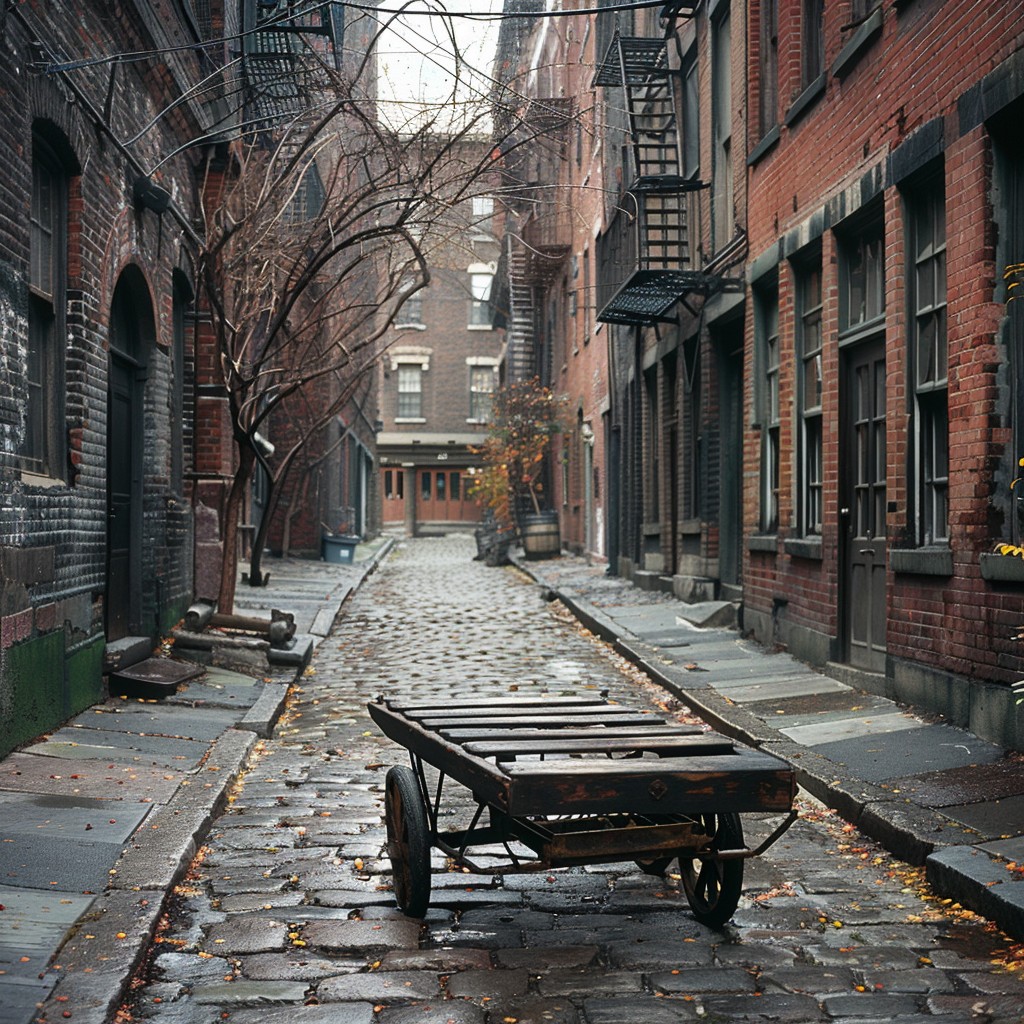
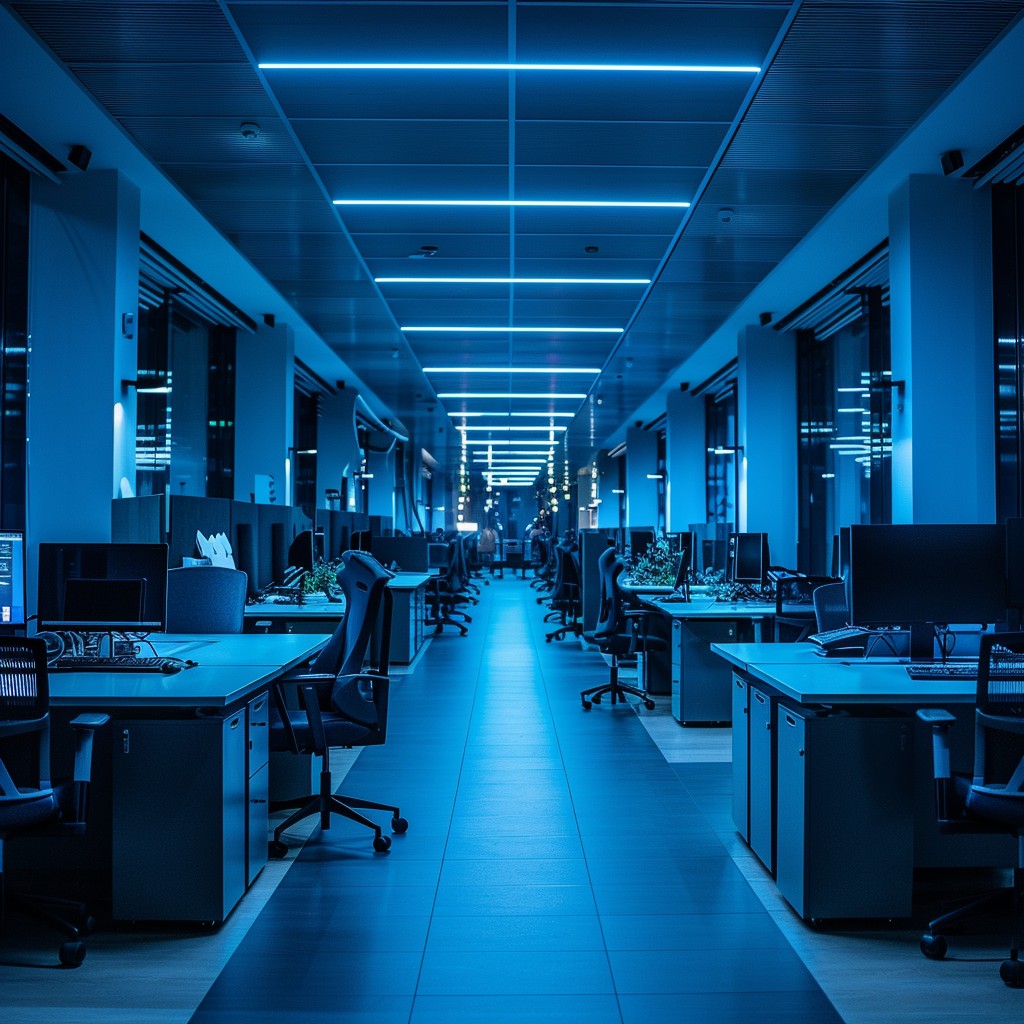
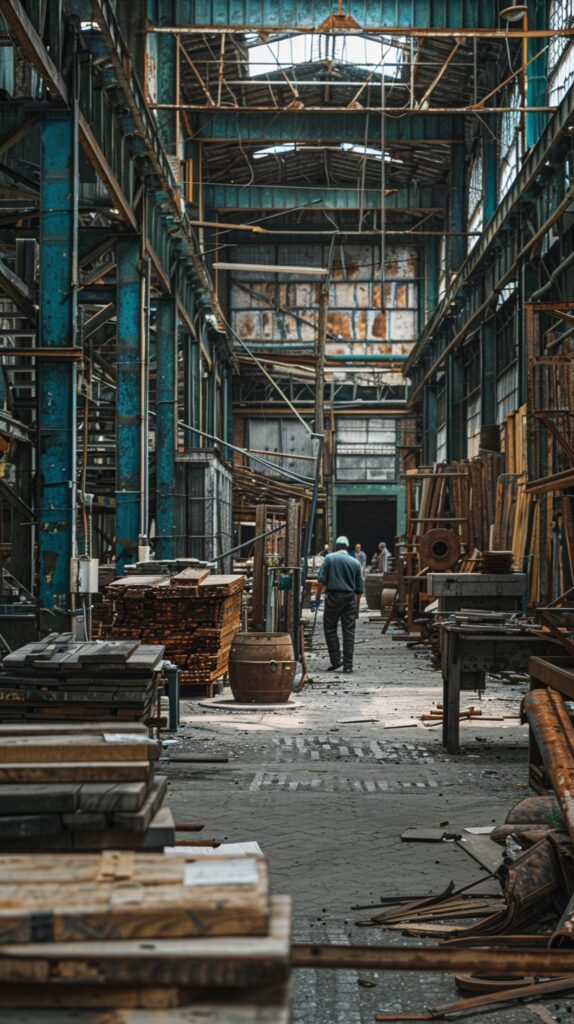
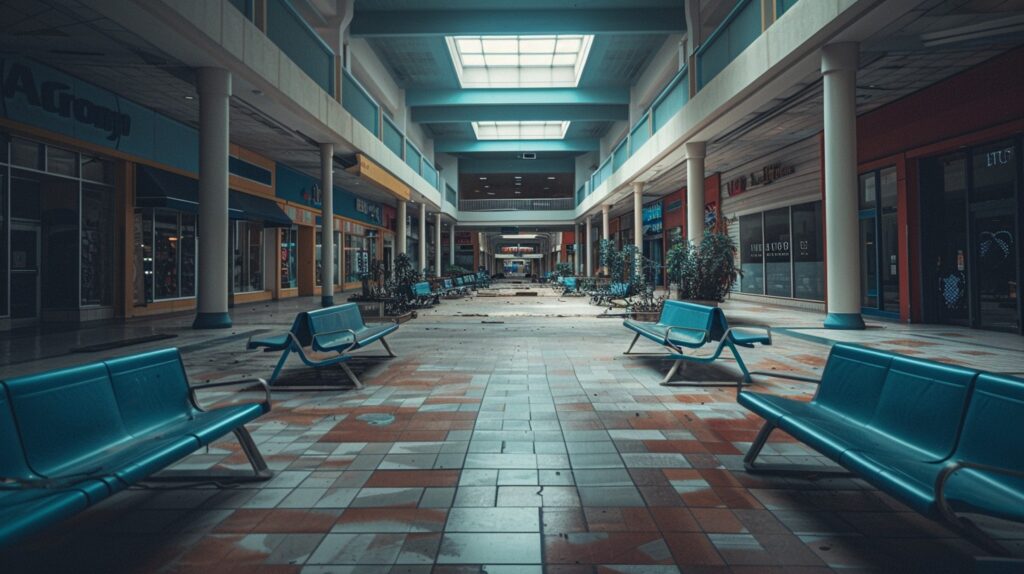
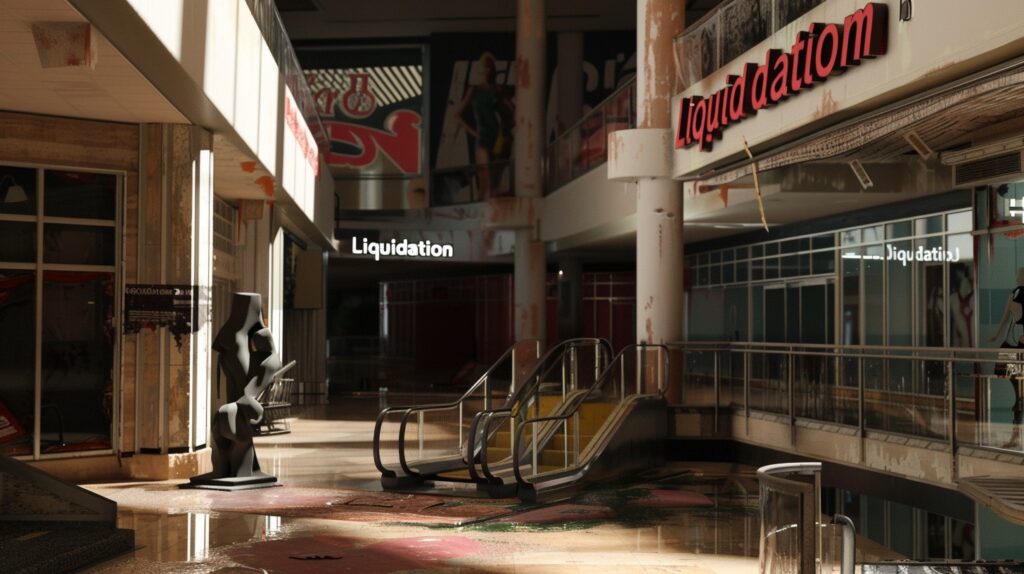
1. From Malls to Mixed-Use Marvels
One of the biggest trends in repurposing is converting outdated shopping malls into vibrant mixed-use developments. With the decline of brick-and-mortar retail, large mall spaces can feel like ghost towns. But these properties have untapped potential.
By turning malls into a combination of residential, commercial, and entertainment spaces, developers can create bustling community hubs. Imagine living in an apartment upstairs, working in a coworking space downstairs, and grabbing dinner just a few steps away. The mix of uses makes these spaces far more appealing and sustainable for the long term.
Why it works:
- Mixed-use developments create vibrant, 24/7 communities.
- Attracts a diverse range of tenants—residents, businesses, and visitors.
- Maximizes the space’s utility, reducing vacancy rates.
2. Turning Industrial Into Innovation Hubs
Old factories and warehouses may look like relics of the past, but they’re often perfectly suited for conversion into modern innovation hubs. With soaring ceilings, large open spaces, and robust infrastructure, these industrial properties can be transformed into coworking spaces, tech startup incubators, or even creative studios.
The industrial aesthetic—high ceilings, exposed brick, and large windows—is also highly sought after for office spaces, giving companies a cool and functional workspace while preserving a piece of history.
Why it works:
- Flexible layouts make it easy to design creative workspaces.
- Old industrial zones often have prime locations near city centers.
- The industrial “vibe” adds a modern, trendy appeal for tech and creative companies.
3. Adaptive Reuse of Vacant Offices
With the rise of remote work, many traditional office buildings are no longer in high demand. But that doesn’t mean they need to sit empty. A growing trend is to repurpose vacant office spaces into hotels, apartments, or short-term rental units.
Office-to-residential conversions are particularly popular in urban areas where housing is in short supply. By converting these spaces into livable units, cities can meet housing needs without developing new land. This transformation can also include adding rooftop amenities, green spaces, or common areas to create a comfortable, modern living environment.
Why it works:
- It fills the demand for housing in urban centers.
- The existing infrastructure makes conversions faster and more cost-effective.
- Property owners can diversify their portfolio by entering the residential market.
4. Breathing Life Into Vacant Big-Box Stores
Big-box stores, once the heart of suburban shopping, have seen a significant decline. These large, open spaces, however, offer endless possibilities for repurposing. Some creative solutions include turning former retail stores into indoor sports complexes, entertainment centers, or community gathering spaces.
Imagine a space that used to sell home appliances transformed into a rock-climbing gym or an e-sports arena. This not only brings people back into these areas but also provides communities with new recreational facilities, which can further stimulate local economies.
Why it works:
- Big-box stores have plenty of space, ideal for large-scale projects.
- These locations are typically easy to access, attracting diverse groups of visitors.
- Repurposing helps reduce the carbon footprint of demolishing and rebuilding.
5. Converting Parking Garages to Urban Farms
Believe it or not, abandoned parking garages can be transformed into urban farms or vertical gardens. With the rise of urban agriculture and the need for sustainable food solutions, these spaces can be repurposed to grow fresh produce for local communities.
Using hydroponic systems, parking garages can become vertical farms, producing a surprising amount of food in small spaces. These innovative farms can help reduce food deserts in urban areas while promoting sustainable practices.
Why it works:
- Parking garages are often centrally located in urban areas.
- Urban farms create local, sustainable food sources and reduce transportation costs.
- Repurposing adds greenery and a sense of community in busy cities.
6. Revitalizing Historic Buildings
Historic buildings hold charm and character that modern designs sometimes lack, making them prime candidates for adaptive reuse. Instead of tearing down old structures, developers are finding ways to turn them into modern office spaces, boutique hotels, or cultural centers, all while preserving their architectural beauty.
For instance, an old post office could become a high-end restaurant, or a former theater might be restored into a performing arts venue. These projects not only save architectural gems from demolition but also breathe new life into communities, creating spaces that attract locals and tourists alike.
Why it works:
- Historic properties have a built-in appeal, making them unique and marketable.
- Preserving heritage boosts the cultural and economic value of neighborhoods.
- These projects often qualify for tax credits and grants, reducing renovation costs.
Final Thoughts
Repurposing abandoned spaces is a win-win for developers, communities, and the environment. It allows for creative solutions to pressing issues like urbanization, sustainability, and housing shortages. By thinking outside the box, underutilized properties can become thriving spaces that serve new purposes and breathe life back into neighborhoods.
If you’re in the commercial real estate world or an investor looking for unique opportunities, repurposing is a strategy worth exploring. With some creativity and vision, these old spaces can become valuable, profitable, and community-focused assets once again.

